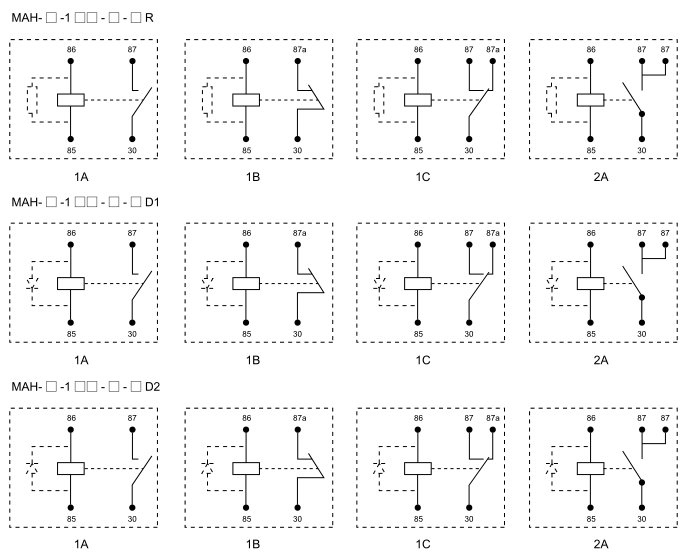A relay circuit is an essential component in many modern electrical systems, particularly in automation and control. It provides a means for a small electrical signal to control the switching of high-power devices, ensuring safe, efficient, and reliable operations in various industrial, commercial, and residential applications. In this article, we will explore the basic principles of a relay circuit, the different types of relays, and their various applications in everyday life.

Principles of a Relay Circuit At its core, a relay is an electromechanical switch that uses an electromagnet to control the opening and closing of one or more sets of contacts. The relay operates based on the principle of electromagnetism: when an electric current passes through the coil (the electromagnet), it generates a magnetic field that attracts a movable armature. This movement opens or closes the relay’s contacts, thus controlling the flow of electricity in the circuit. Typically, a relay consists of several components: Coil: The electromagnet that generates the magnetic field when current passes through it.